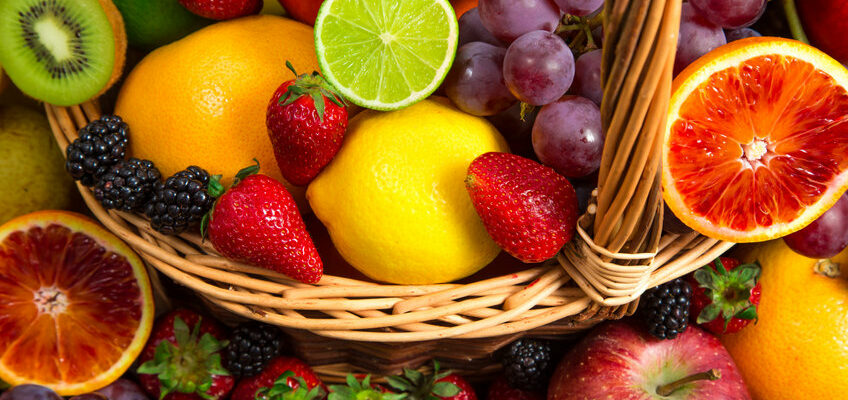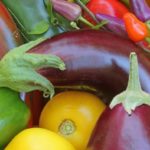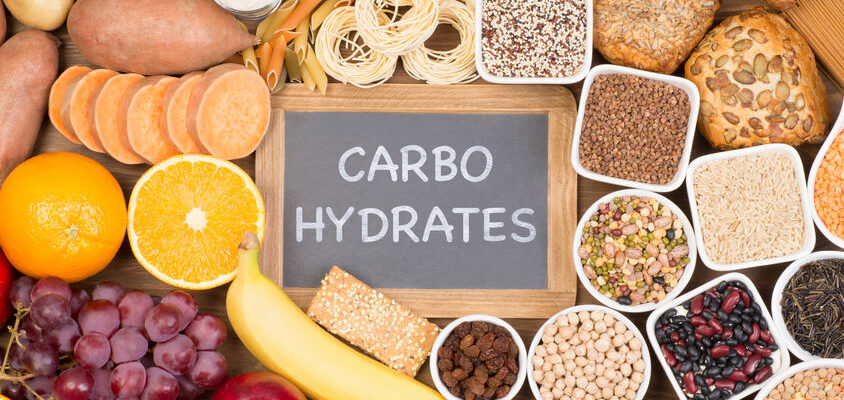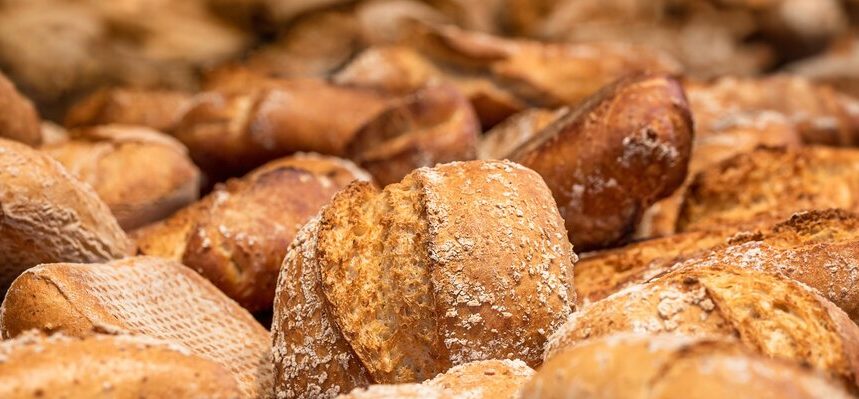
Are you or someone you know diabetic and struggling to get enough fruit in your diet? There are a lot of myths surrounding fruit and diabetes, however, this food is a crucial source of vitamins and minerals. While many believe that you should avoid certain fruits altogether because they are “too sweet,” they offer many health benefits. Although portion size certainly matters when it comes to fruit, being diabetic doesn’t mean you can’t enjoy these tasty foods. In this article, we’ll cover the glycemic index, different types of fruits, and the best fruit for diabetics.
What is the glycemic index?
If you aren’t familiar with the glycemic index (GI), it is a rating system for foods that ranges from 1 to 100. This scale refers to how quickly a food can raise blood glucose levels¹. Essentially, if something has a high glycemic index, the body absorbs it faster and, therefore, increases blood sugar levels more quickly. Conversely, foods that rank medium or low on the glycemic index raise blood sugar levels slower than high GI foods. A low glycemic index ranking ranges from 1-55, including fruits² such as:
- Apple
- Avocado
- Blackberry
- Cherry
- Grapefruit
- Peach
- Pear
- Plum
- Strawberry
Whereas, medium GI fruits are:
- Fig
- Grape
- Kiwi
- Mango
- Orange
- Raisin
Fruits high in sugar
Of course, if a fruit has a high glycemic index, that also means that it is high in sugar. Some of these fruits include:
- Ripe banana
- Dried date
- Watermelon
- Pineapple
Although it is safe for diabetics to consume these foods, it is vital to monitor their consumption. Sugar in whole fruit is different³ from that present in honey, sugary drinks, cakes, cookies, and chocolate. Furthermore, one must also factor in the number of carbohydrates present in these foods, as this can affect how quickly blood glucose levels rise, as well.
High carb fruits
Since carbohydrates can cause blood sugar levels to spike, many choose to follow a low-carb diet and cut out fruit. Yet, a small piece of whole fruit can have around 15 grams of carbohydrates⁴ while a chocolate muffin can have around 55 grams. Therefore, opting for carbs from fruits may be a healthier option than processed foods high in carbohydrates. In addition, as these foods offer fiber, which can slow the absorption of sugar, as well as help maintain a healthy weight, they offer more health benefits. Nonetheless, consuming the correct portion is an important part of the equation.
Ideal fruit portions for diabetics
Eating more fruit can have many benefits, even for diabetics, although you can have too much of a good thing. As a visual reference, one portion of fruit is about the size of the palm of your hand. A quick guide for fruit portions is:
- Small – 1 portion is 2 or more fruits (plums, apricots, kiwis, lychees, etc.)
- Medium-sized – 1 portion is 1 piece of fruit (apple, banana, orange, pear, etc.)
- Large – 1 portion is half or a slice of fruit (half a grapefruit, a slice of papaya, etc.)
When choosing fruits to eat, as a diabetic, bear in mind portion size as well as whether it is dried, processed, or canned versus fresh. Processed fruits tend to have added sugar which can outweigh the nutrients they provide. All in all, the best fruit for diabetics is fruit that is fresh and correctly portioned. If you do choose to consume high GI fruit, simply do so sparingly and be mindful of your consumption.
References
- “Glycemic Index Diet: What’s behind the Claims.” Mayo Clinic, Mayo Foundation for Medical Education and Research, 25 Aug. 2020, www.mayoclinic.org/healthy-lifestyle/nutrition-and-healthy-eating/in-depth/glycemic-index-diet/art-20048478.
- Leopold, Caroline. “Fruits for Diabetes: Can I Eat Fruit, Ones to Avoid, and How Much?” Medical News Today, MediLexicon International, 28 Oct. 2021, www.medicalnewstoday.com/articles/311220.
- “Fruit and Diabetes.” Diabetes UK, Diabetes UK, www.diabetes.org.uk/guide-to-diabetes/enjoy-food/eating-with-diabetes/food-groups/fruit-and-diabetes.
- “Eating Well: Fruit.” Fruit, American Diabetes Association, www.diabetes.org/healthy-living/recipes-nutrition/eating-well/fruit.
Ashuni Pérez is a writer in the culinary, as well as health and wellness industries. With a background in teaching and digital media, she loves to learn and help others discover more about their food, where it comes from, and how best to prepare it. A foodie through and through, she is always searching for new recipes and the freshest ingredients.











Leave A Comment